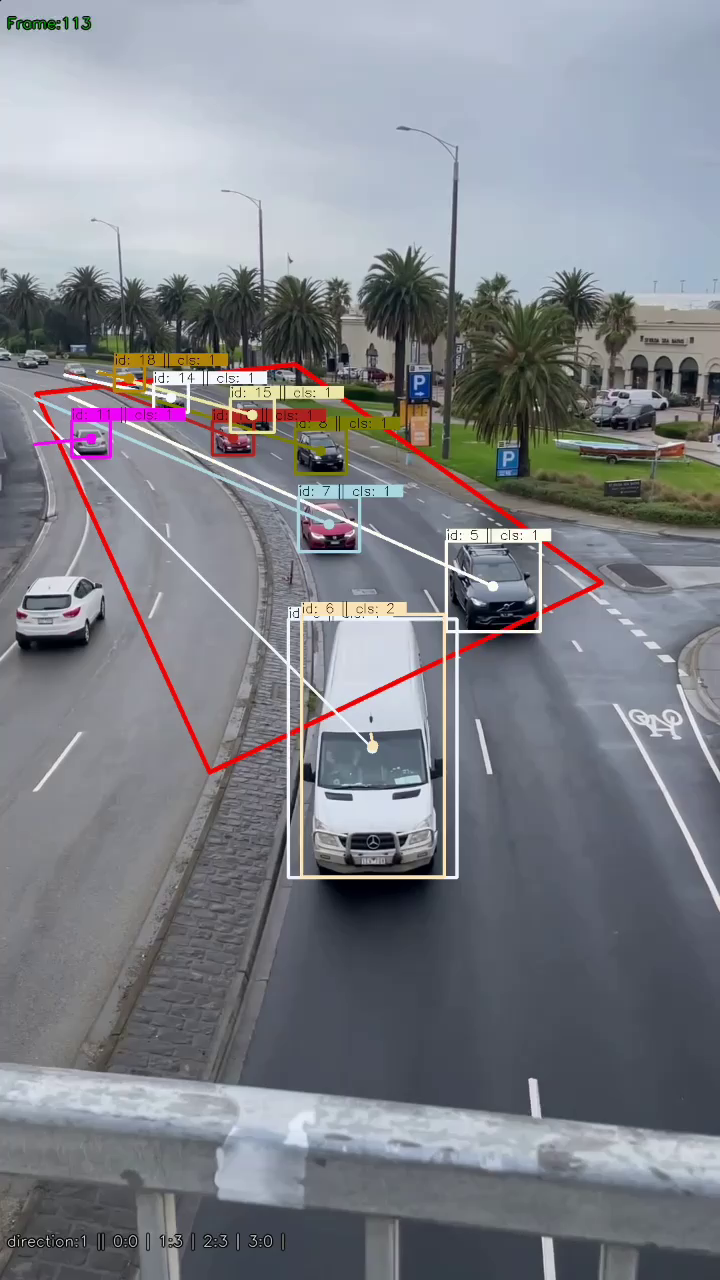Traffic monitoring systems are commonplace on all developed road networks globally. They are typically composed of traffic lights, static and dynamic signage, inductive-loop vehicle detectors, radio equipment, speed cameras, number plate detection cameras and CCTV cameras. The traffic management systems themselves are managed from a secure control room where authorised personnel ensure the management of the system.
Control room operators are typically highly trained and experienced, making them sought after. It is often challenging to recruit and retain such operators and ensure enough skilled operators are on shift as these control rooms run 24/7. Artificial Intelligence can significantly assist control room operators in running the control more efficiently and completing more events-based tasks such as detecting anomalous events, including vehicle breakdowns, vehicle collisions, or other road hazards and detecting travel speed.
This case study explores how an artificial intelligence expert system can be deployed and utilised in a traffic monitoring control room to drive better outcomes for all who interact with complex systems. Thus, control room operators and commuters travel on various road networks.
Computational geometry techniques, which are well established in computer graphics, can be employed to detect further context once objects are tracked. For example, the collision of two vehicles can be detected efficiently via computational collision detection algorithms, including the intersection of two bounding boxes surrounding each respective vehicle.
It is essential to use classical algorithmic techniques in expert systems as they are more reliable and efficient given their programming is exact. Artificial intelligence systems should be limited to a manner where a human makes the final decision on action to be taken. This is because while artificial intelligence systems are highly reliable, there is a margin of error that needs to be mitigated. Thus, we recommend implementing expert systems in a hybrid manner, using the best both artificial intelligence and classical algorithmic programming techniques.
Overview of the Organisational Challenge
Expert systems are complicated to implement within a setting such as a control room. In addition to the technological challenges, numerous administrative hurdles, compliance requirements and internal processes must be followed to ensure adequate implementation. While technology is challenging to project management and implement within many large organisations, the benefits usually still outweigh the cost of not implementing them due to technical debt.
Constantly watching screens for hours on end when most of the time, nothing particularly out of the ordinary is occurring is a difficult task for most people and would be tedious. It is natural to assume that concentration would be hard to maintain as time progresses. The aforementioned is where expert AI systems excel. The system can constantly monitor the camera feeds for events that require a response and make suggestions to a control room operator on how they could proceed.
Listed below are some examples describing how an AI can work with a control room operator:
- If two or more vehicles collide, an AI will detect it, record the incident and alert a control room operator.
- If a vehicle is driving at an inappropriate speed, the AI can consider alerting the driver via a digital sign.
- Given that a hazard is detected on the road, an AI can alert a control room operator and suggest closing the lane until a crew clears the hazard.
Organisational Data Available as AI Input
The following lists of data sources used by automated traffic monitoring systems:
- CCTV cameras, positioned along with various road networks.
- Traffic camera signal information indicating the state of the road network.
- Inductive-loop vehicle detectors provide data such as vehicle weight.
- LiDAR sensor data to supplement CCTV feeds which for some use cases be more reliable for processing for computer recognition.
Integration Methodology
The following is an overview of the process we would perform to integrate an article intelligence based traffic monitoring expert system within a control room:
- Identify CCTV/LiDAR feeds and the camera system that provides monitoring and recording of such feeds.
- Forward feeds to a supercomputer or cloud-computing provider for real-time analysis and processing.
- Run the feeds through Telemus AI™ and return augmented video feeds back to the security monitoring systems within the control room.
- Set up customised alerts to the security personnel based on what is detected based upon the parameters in which the control room operators wish for it to operate.
- Constantly evaluate the performance of the artificial intelligence system to improve it to drive even greater efficiencies continuously.
Given the Telemus AI™ takes care of the technical artificial intelligence implementation, organisations can focus on the business logic and internal processes and procedures embedding the technological capabilities.
Organisational Applications
The following lists other potential applications for your organisation:
- Improving the efficiency, effectiveness and performance of traffic control rooms.
- Determining traffic hot spots to optimise town planning to reduce traffic congestion.
- Tracking fleet vehicles if they are within a car park and returned by company employees.
- Tracking vehicles within car parks and measuring the duration of stay to understand better commuters' behaviours.
Potential and Realised Benefits
The potential benefits of expert systems based on artificial intelligence are immense. Implementation can lead to better control room operator productivity, reduced errors in detecting events, better town and road planning, reduced traffic congestion, and overall improved knowledge of the road network, all of which is taking into account the temporal dimension, improving understanding of the typical static methods.
At present, many of these systems are still in the research and development stage. However, organisational planning should occur from now as the implementation challenges will be vast even as state of the art improves. Telemus AI™ has robust implementations of artificial intelligence technologies and can have systems embedded that operate at scale.
Telemus AI™ is an Australian based artificial intelligence company providing advanced solutions to government and enterprise. Contact us today for a free consultation on how the Telemus AI™ can be embedded into your organisation.












